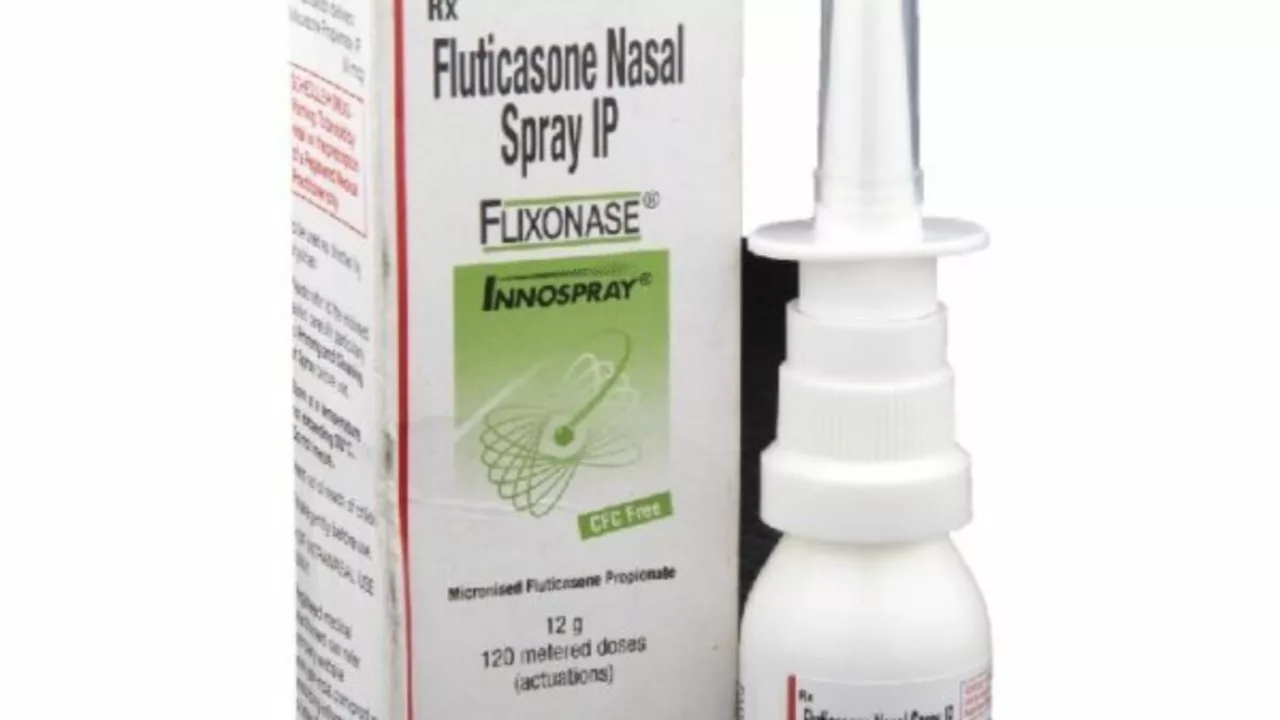Fluticasone Nasal: A Practical Guide for Everyday Use
Fluticasone nasal sprays are a common and effective treatment for nasal allergies and hay fever. They reduce swelling and mucus in the nose so you breathe easier, sneeze less, and deal with less itch. This guide gives plain, useful tips on how to use fluticasone safely and get faster relief.
How to use fluticasone correctly
Before your first use, read the leaflet. Most fluticasone sprays need priming — shake the bottle and spray into the air until a fine mist appears. Blow your nose gently first. Tilt your head slightly forward, close one nostril with a finger, insert the tip into the other nostril, aim slightly away from the septum (the center wall), press the pump and breathe in gently. Repeat on the other side if directed. Wipe the nozzle and replace the cap after use. Don’t share the bottle.
Typical dosing is 1–2 sprays per nostril once daily for adults. Some people find one spray works; others need two. Children often use a lower dose — follow the product label or your doctor’s advice. Take it every day while symptoms last; stopping and starting reduces effectiveness.
What to expect, side effects, and safety tips
Fluticasone doesn’t work instantly. You may notice some relief in 24 hours, but full benefit can take several days to two weeks. Common side effects are mild: nasal dryness, irritation, a bit of bleeding, sore throat, or headache. These usually pass; saline nasal rinses can help dryness.
Rare but important issues: prolonged heavy nosebleeds, severe throat or ear pain, vision changes, or signs of infection (fever, worsening symptoms) mean call your doctor. If you use high doses of other steroids or take strong CYP3A4 inhibitors like ritonavir, mention that — combining them can increase steroid side effects systemically.
Pregnant or breastfeeding? Talk to your clinician. Many doctors consider nasal fluticasone safer than oral steroids for allergy control, but check first.
Store the spray at room temperature away from heat and direct sunlight. Keep track of the expiration date and number of sprays used. Using more than the recommended dose won’t make it work faster and may raise side effect risk.
Buying tips: choose a trusted pharmacy and read the label to confirm the product is fluticasone propionate or fluticasone furoate. Some brands are over-the-counter; some require a prescription. If allergies don’t improve after 2–3 weeks or you need frequent extra sprays, see your doctor — you might need a different plan, allergy testing, or added medication.
Short, practical summary: prime and use daily, expect slow build-up of benefit, watch for nose dryness and small bleeds, don’t overuse, and ask your doctor if symptoms or side effects worry you. Fluticasone nasal spray is a simple, effective tool when used the right way.

